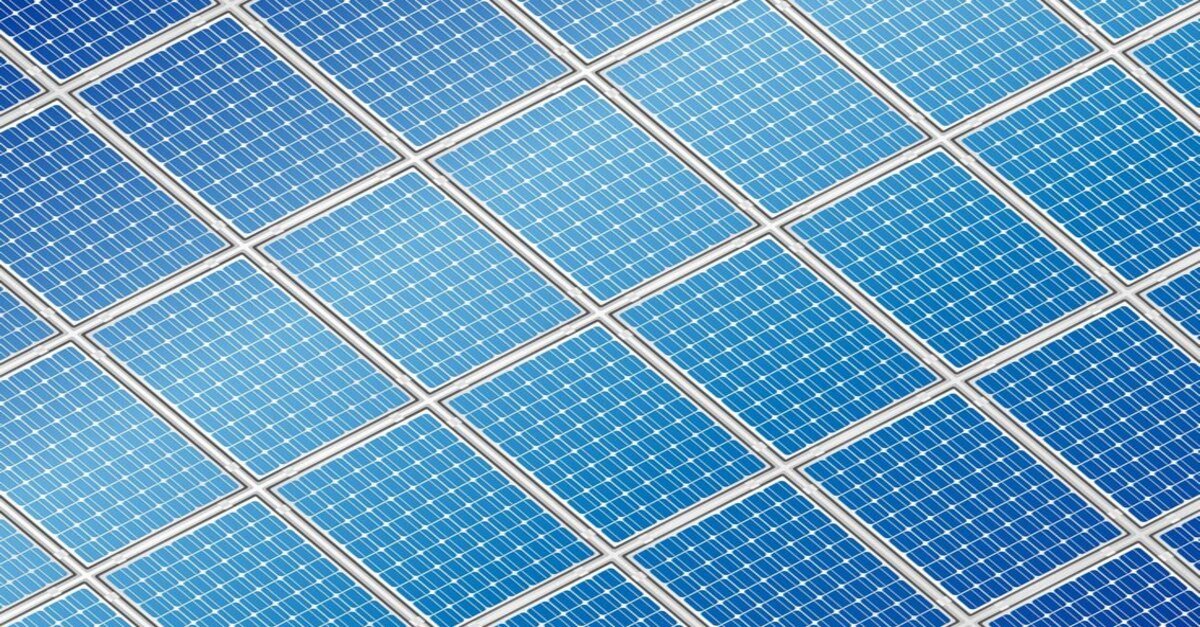In today’s sustainable world, harnessing solar energy to produce renewable energy has gained importance. The polycrystalline solar panel is one of the most well-known solar technologies. Multi-crystalline solar panels like these are essential to the green revolution. Because they offer an affordable and practical means of converting to clean energy. However, there often needs to be more understanding about the characteristics of polycrystalline solar panels and how they differ from other solar technologies.
Everything you need to know about polycrystalline solar panels, from their design to their uses. And overall efficiency will be covered in this comprehensive overview.
What is a Polycrystalline Solar Panel?
Unlike monocrystalline solar panels, which are made of a single silicon crystal, Polycrystalline solar panels are made of several silicon crystals. The presence of multiple crystals causes these panels’ characteristic blue color and rough look. Unlike monocrystalline cells, each silicon cell in a polycrystalline panel is created by casting molten silicon, a more straightforward and less energy-intensive method.
The Working Principle of Polycrystalline Solar Panels
The working principle of polycrystalline solar panels involves the photovoltaic effect, where the silicon cells generate an electric current when sunlight hits them. This process is facilitated by the movement of electrons in the crystal lattice of the silicon, triggered by the energy from photons in the sunlight. The electric current travels along metal conductors to produce direct current (DC) electricity, which can be converted into usable alternating current (AC) by an inverter.
How are Polycrystalline Solar Panels Made?
The first step in making polycrystalline solar panels is to extract raw silicon frequently recycled from the semiconductor sector. The silicon is melted and poured into a mold to create a sizable block. After cooling and being cut into square wafers, this block is coated with a coating to improve light capture. The wafers are assembled in a grid pattern and wired to form a cell. A module comprises multiple cells connected and covered with an encapsulating layer and tempered glass.
The Features of Polycrystalline Solar Panels
Solar users find polycrystalline solar panels appealing due to several characteristics they offer. These characteristics include low manufacturing purity requirements, cost-effectiveness, and appropriateness for large-scale installations.
Polycrystalline Solar Panels Efficiency
Because of the lower silicon purity, these are less efficient than monocrystalline panels, although they can still be a dependable solar energy source. The ability of a solar panel to convert sunlight into electrical power is measured by its efficiency. Although monocrystalline solar panels might provide a slight advantage, the annual production difference is frequently less significant than the cost difference.
Polycrystalline Solar Panel Applications
Several uses find a home for polycrystalline solar panels, particularly those where space and cost considerations are crucial. Polycrystalline solar panels are solid and economical in large-scale solar farms, rooftop installations, and off-grid solutions. In areas with sufficient space for installation, their more significant footprint per watt may also be helpful.
The Effect of Temperature on Polycrystalline Solar Panels
The impact of temperature on efficiency is similar to that of other semiconductor-based technologies. These panels’ performance can decrease in the presence of heat, which would lower their power output. The local weather and climate are important factors when determining whether polycrystalline panels are appropriate for a site.
Monocrystalline vs. Polycrystalline Solar Panels
Each technology has advantages and disadvantages when choosing between monocrystalline and polycrystalline panels. Panels made of monocrystalline glass are longer-lasting and more efficient. On the other hand, polycrystalline panels are more affordable and function better under specific real-world circumstances, including shade.
How Much Do Polycrystalline Solar Panels Cost?
Several variables affect the price, such as the manufacturer, the difficulty of installation, and any applicable discounts or rebates. Because the production process for polycrystalline panels is more straightforward than that of monocrystalline ones, they are less expensive.
Polycrystalline Solar Panel Manufacturers
Polycrystalline solar panel manufacturers are many, and they all have different production processes and requirements for quality. When choosing a panel manufacturer, consumers must do considerable research and consider reputation, certifications, warranty, etc.
- Trina Solar
- Canadian Solar
- JinkoSolar
- JA Solar
- Hanwha Q CELLS
Pros and Cons
Evaluating the benefits and drawbacks of polycrystalline solar panels is crucial when installing them. Cost-effectiveness and application appropriateness are two of the benefits. Reduced efficiency and possible performance loss in high temperatures are the main drawbacks.
Pros:
- Cost-effectiveness: Because of the more straightforward manufacturing method, these are less expensive than their monocrystalline counterparts.
- Suitable for specific applications: These panels work well in off-grid, rooftop, and large-scale installations.
- Strength: Compared to monocrystalline panels, polycrystalline panels are more robust and resistant to harm due to their numerous crystals.
Cons:
- Lower efficiency: These panels produce less power than monocrystalline panels because of their lower silicon purity.
- Potential performance degradation in extreme temperatures: High temperatures can impair the overall efficiency of polycrystalline panels.
- Less beautifully attractive: Some consumers might find the blue tint of polycrystalline panels less visually appealing than the sleek black appearance of monocrystalline panels. People should consider the benefits and drawbacks before selecting a solar panel type.
Conclusion
One essential component of the renewable energy landscape is polycrystalline solar panels. Offering a practical and controllable way to capture solar energy. By being aware of their efficiency, possible uses, and building characteristics. This information lets consumers decide how to incorporate these panels into their solar energy systems.
Choosing between polycrystalline and alternative solar technologies, such as monocrystalline panels, can be challenging for individuals new to solar energy or those with an installation. There are trade-offs associated with each type of panel. Ultimately, the best decision is determined by the particular needs and objectives of the solar project.
